15 Popular U.S. Cities That May Be Losing Their Vacation Charm
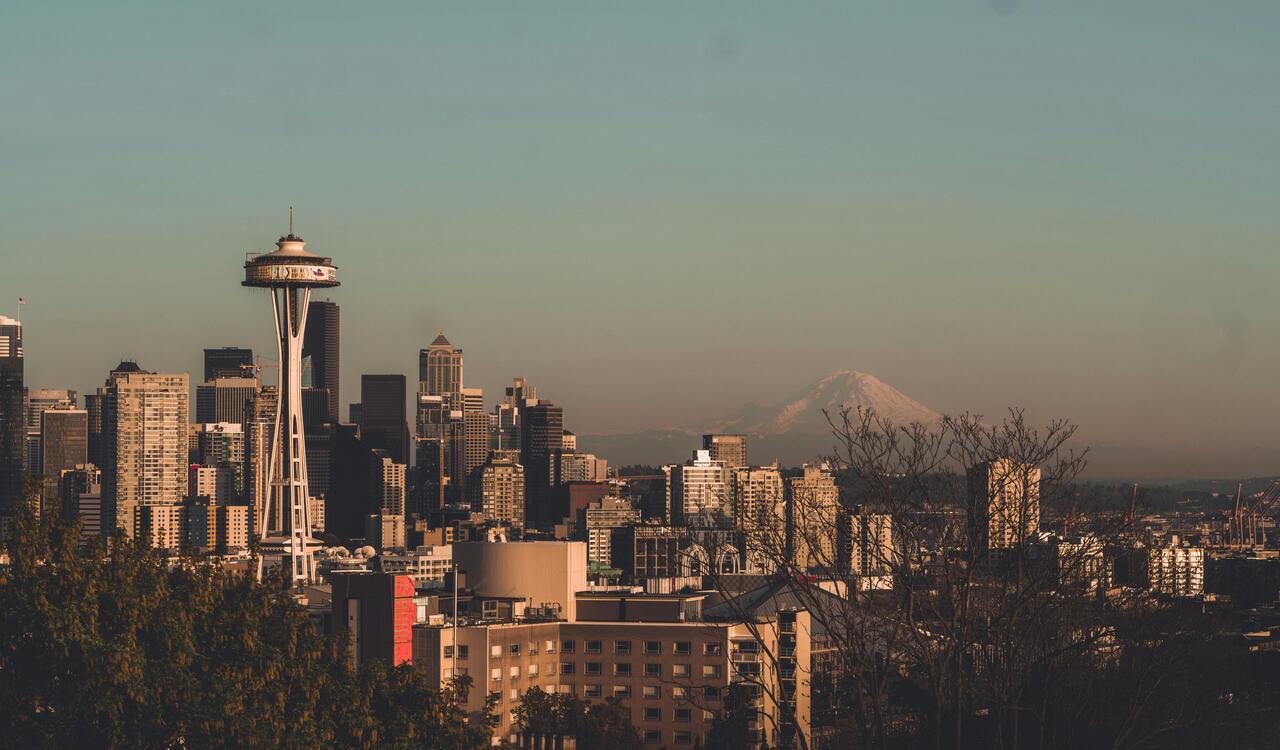
Have you ever revisited a city you once loved, only to find that it no longer feels the same? The excitement, the warmth, even the sense of discovery—sometimes it fades under layers of overdevelopment and crowds. While these cities still draw millions each year, they may not offer the relaxing, authentic vacation you remember. Between rising prices and long lines, even the most iconic places can lose their shine. Let’s take a look at some popular U.S. destinations that may not live up to the hype in 2025.
1. Honolulu, Hawaii

There’s no denying the beauty of Oahu’s coastline, but Honolulu has started to feel more like a bustling shopping mall than a tropical retreat. Waikiki’s beaches are packed shoulder to shoulder, and high-end chains now overshadow the local charm. Visitors often mention feeling more stressed than relaxed, which defeats the point of a Hawaiian vacation. Traffic is nonstop, and hotel rates keep climbing. While the sunsets are still stunning, the city’s growing congestion makes it harder to enjoy them. Some travelers are now opting for quieter islands like Kauai instead.
2. Miami, Florida
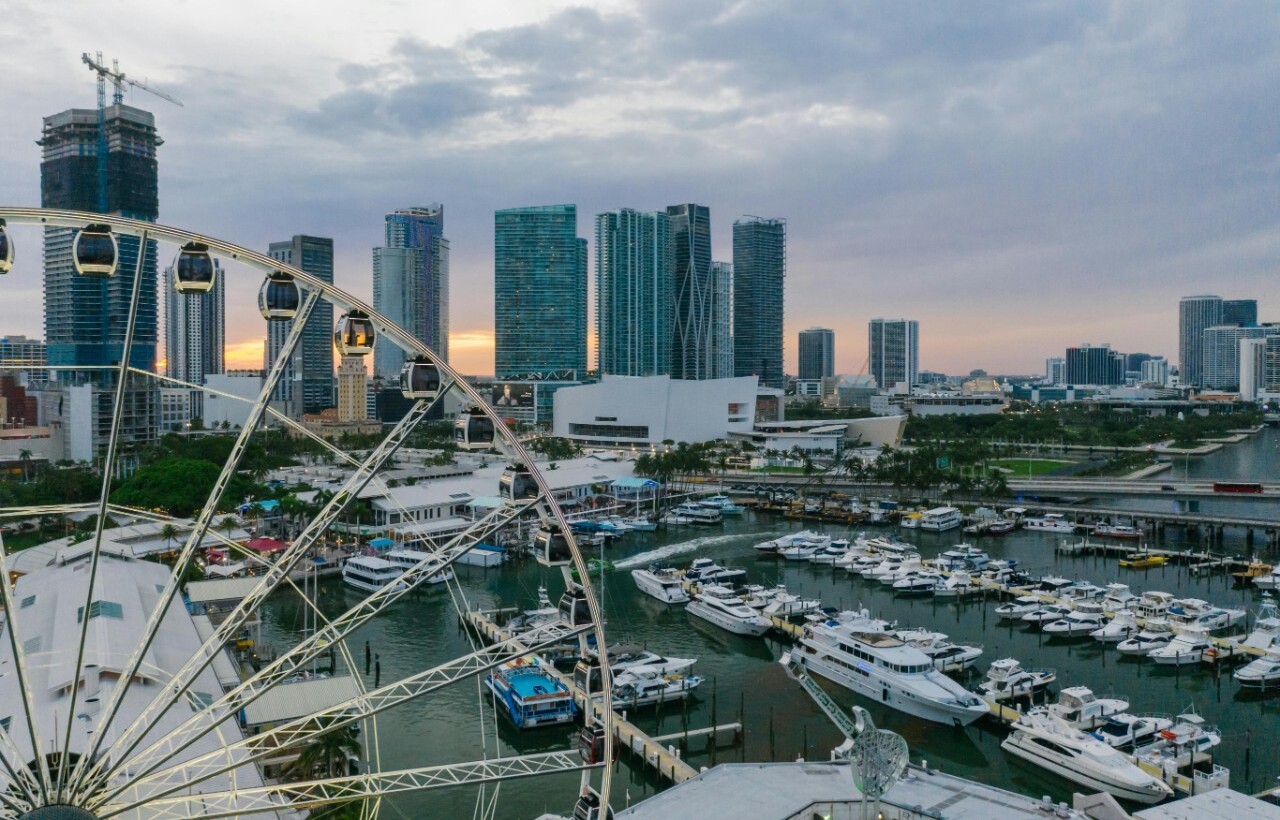
Once known for its dazzling nightlife and vibrant beaches, Miami is starting to feel overwhelming for many vacationers. Between sky-high hotel prices and an increase in petty crime, the city has lost some of its carefree allure. Parking is a challenge almost everywhere, and the crowds rarely thin—even in the shoulder seasons. While the Cuban food scene still impresses, many say the culture feels pushed aside by luxury condos and party scenes. For travelers looking for a relaxed beach escape, smaller Florida towns like Naples or Anna Maria Island are becoming more appealing.
3. San Francisco, California
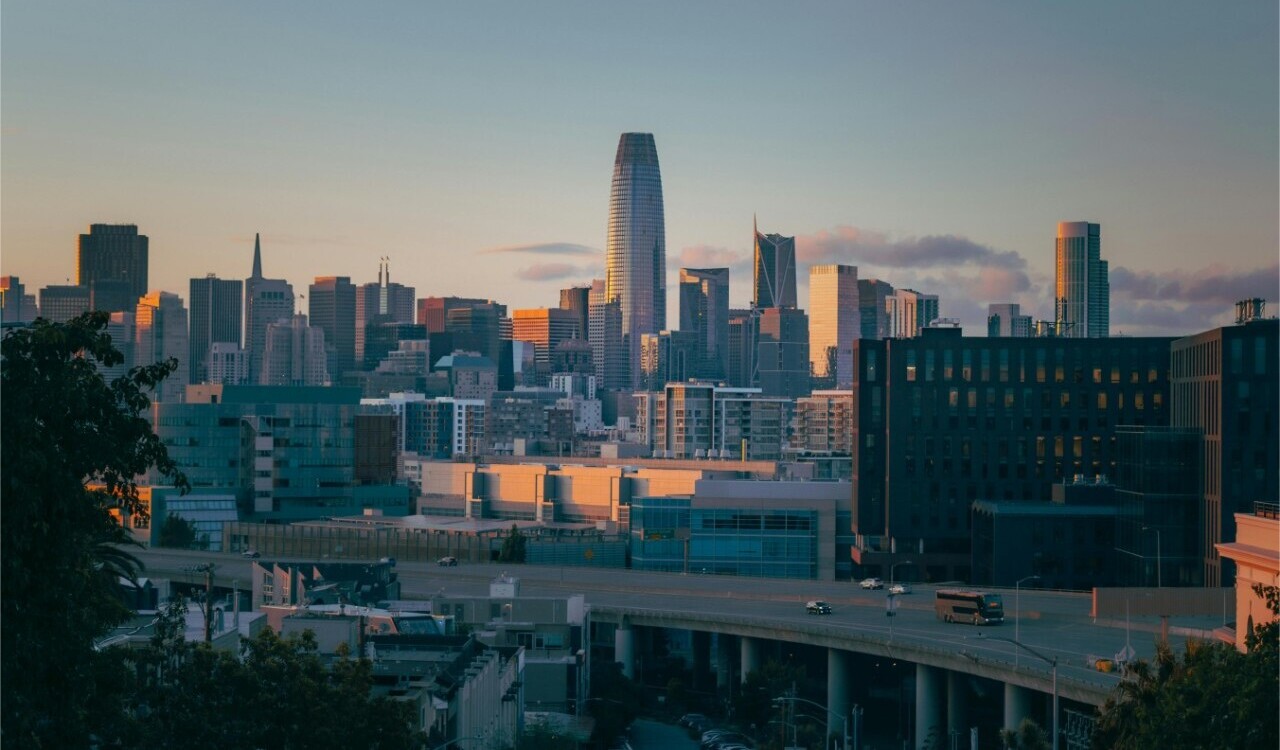
San Francisco’s iconic cable cars and scenic hills remain postcard-worthy, but the day-to-day experience often falls short. The city’s cost of living has made even basic accommodations expensive, and many tourists express concern about safety in certain areas. Homelessness is visibly widespread, and car break-ins are a common complaint. Golden Gate Park and Fisherman’s Wharf still offer charm, but long lines and steep prices make them harder to enjoy. As a result, many are choosing neighboring spots like Sausalito or Monterey for a more peaceful, equally scenic stay.
4. Las Vegas, Nevada
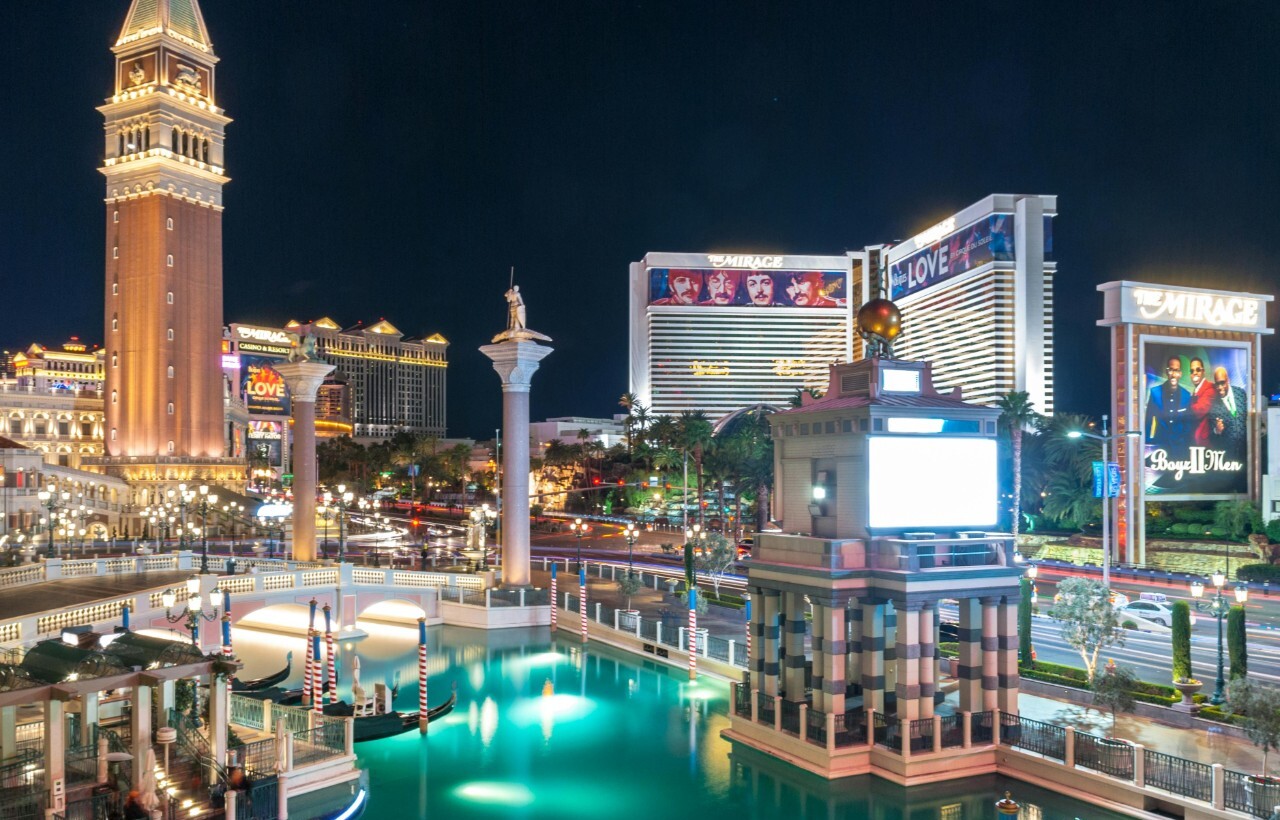
Vegas still draws millions with its neon lights and big-name shows, but the novelty can wear off fast. Resort fees, overpriced drinks, and constant noise leave some visitors feeling drained rather than entertained. Smoky casinos and heavy crowds are hard to avoid, and those with kids often feel out of place. Even attractions off the Strip are becoming expensive and overly commercial. While some still enjoy the buzz, others now see Vegas as more exhausting than exciting. Alternative destinations like Reno or Palm Springs are catching interest for a more laid-back vibe.
5. New York City, New York
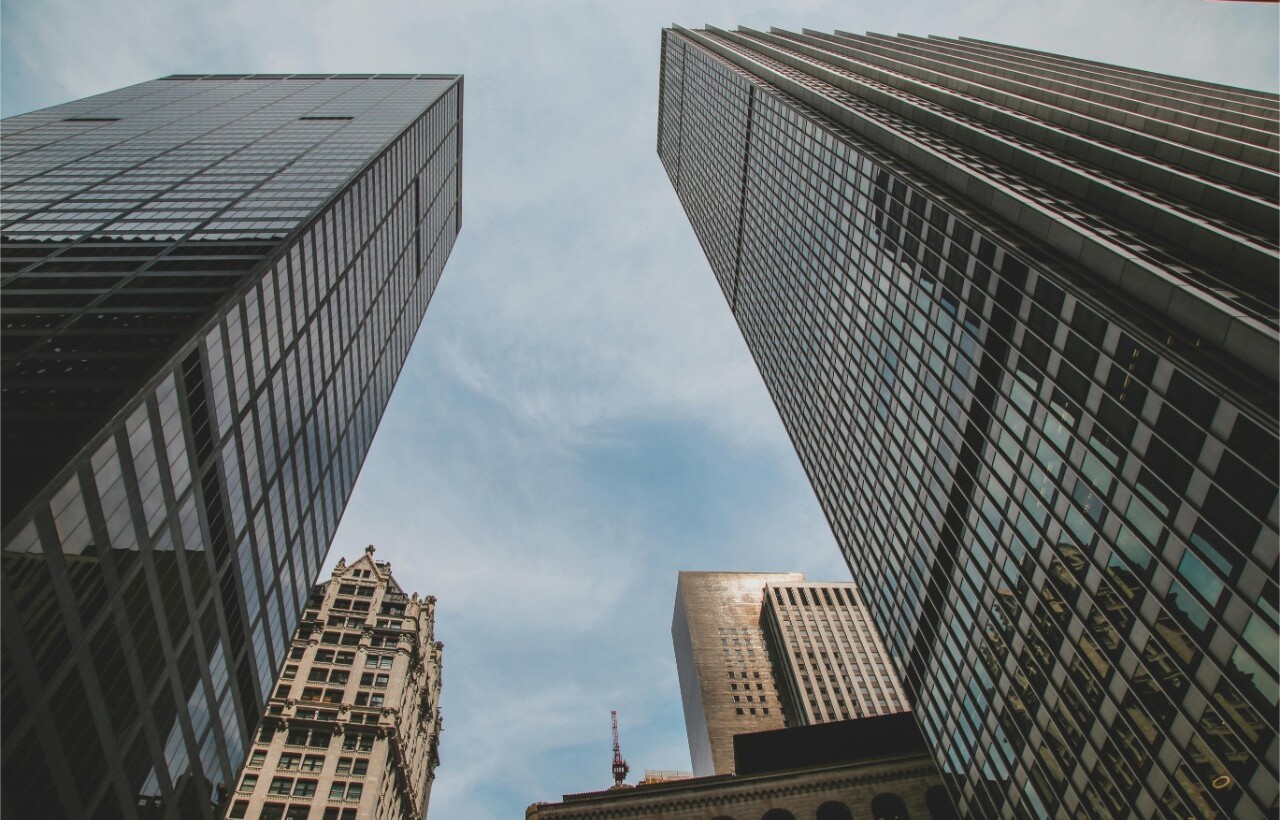
The energy of New York is unmatched, but the vacation experience isn’t what it used to be. Long lines at every major attraction, pricey meals, and relentless foot traffic turn even simple things into chores. The charm of neighborhood cafés and boutiques is fading as chain stores and construction zones dominate. Safety is another concern, especially on the subway late at night. Travelers are increasingly saying they feel rushed and overwhelmed. Instead, places like Philadelphia or Boston are being seen as more approachable options with just as much history and culture.
6. New Orleans, Louisiana
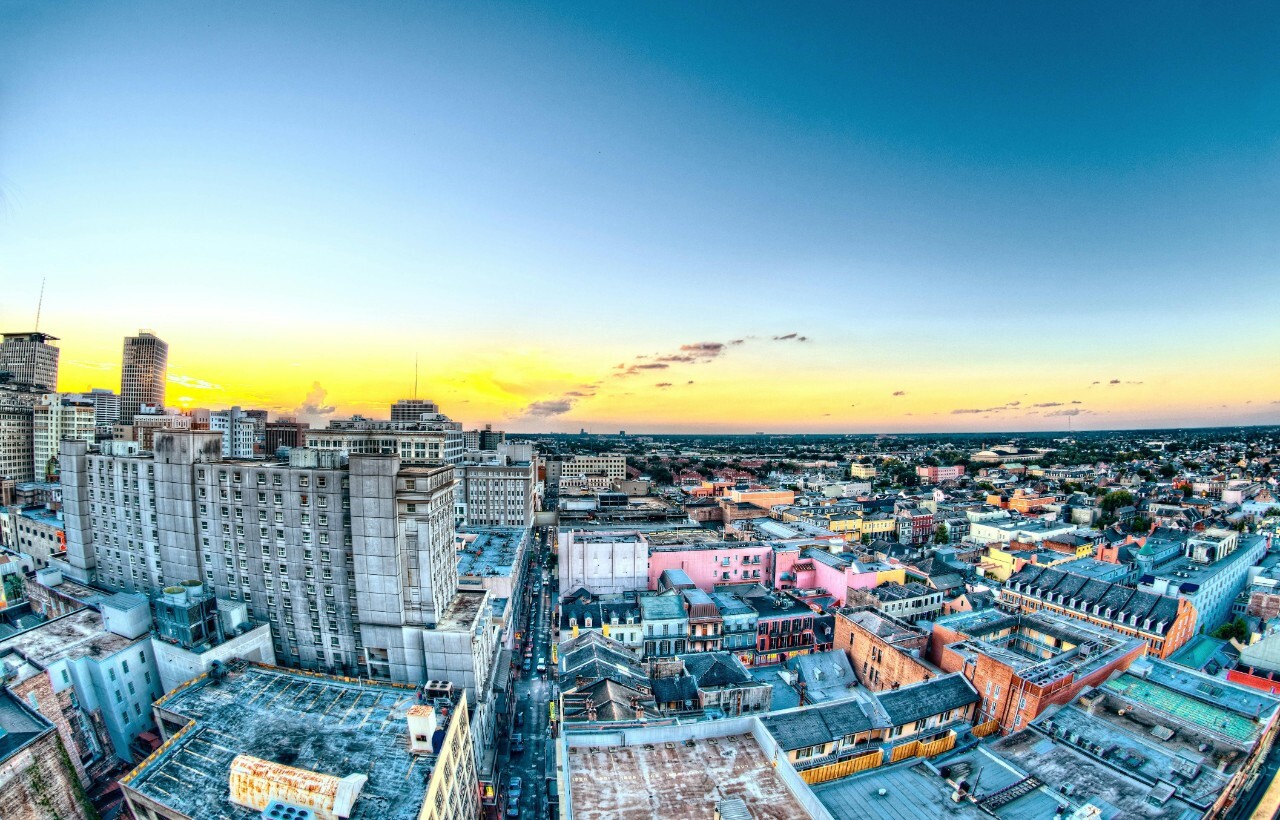
The spirit of New Orleans is alive in its music and food, but tourists often find themselves stuck in Bourbon Street crowds and overhyped events. What used to feel soulful now feels staged in many parts of the French Quarter. Prices have jumped significantly, and service quality doesn’t always match. Noise complaints are common, and late-night party scenes aren’t for everyone. Some feel the city’s rich heritage is being diluted by the demand for tourist dollars. As a result, quieter Southern towns like Charleston or Savannah are starting to shine brighter.
7. Nashville, Tennessee
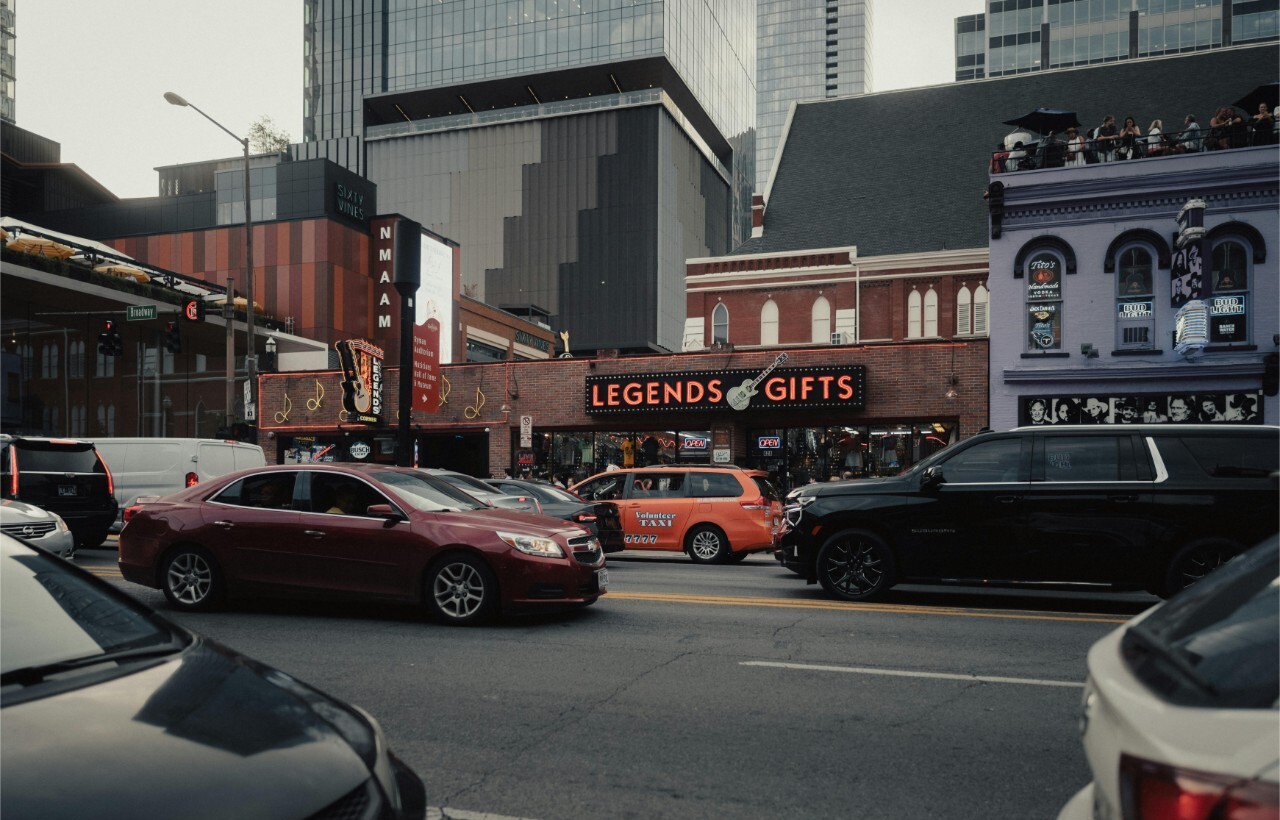
Nashville’s rapid growth has brought shiny new buildings and trendy bars—but it’s also driven up prices and pushed out local character. Music Row has more cover bands than original talent these days, and the charm of a spontaneous honky-tonk night is fading. Downtown is dominated by bachelorette parties and pedal pubs, making it feel more like a theme park than a music capital. Many visitors now find the city loud and crowded, especially on weekends. Nearby spots like Franklin or Chattanooga offer a slower, more authentic taste of Tennessee life.
8. Chicago, Illinois

Chicago has long been known for its food and architecture, but rising crime and a strained transit system have made some think twice. The Magnificent Mile feels less impressive with boarded-up storefronts. Tourists still enjoy deep-dish pizza and lake views, but getting around can be stressful. Parking is limited and expensive, and weather often disrupts plans. While Chicago remains iconic, more travelers are choosing Midwestern gems like Milwaukee or Madison for a friendlier, less hectic experience that still offers excellent food and culture.
9. Orlando, Florida
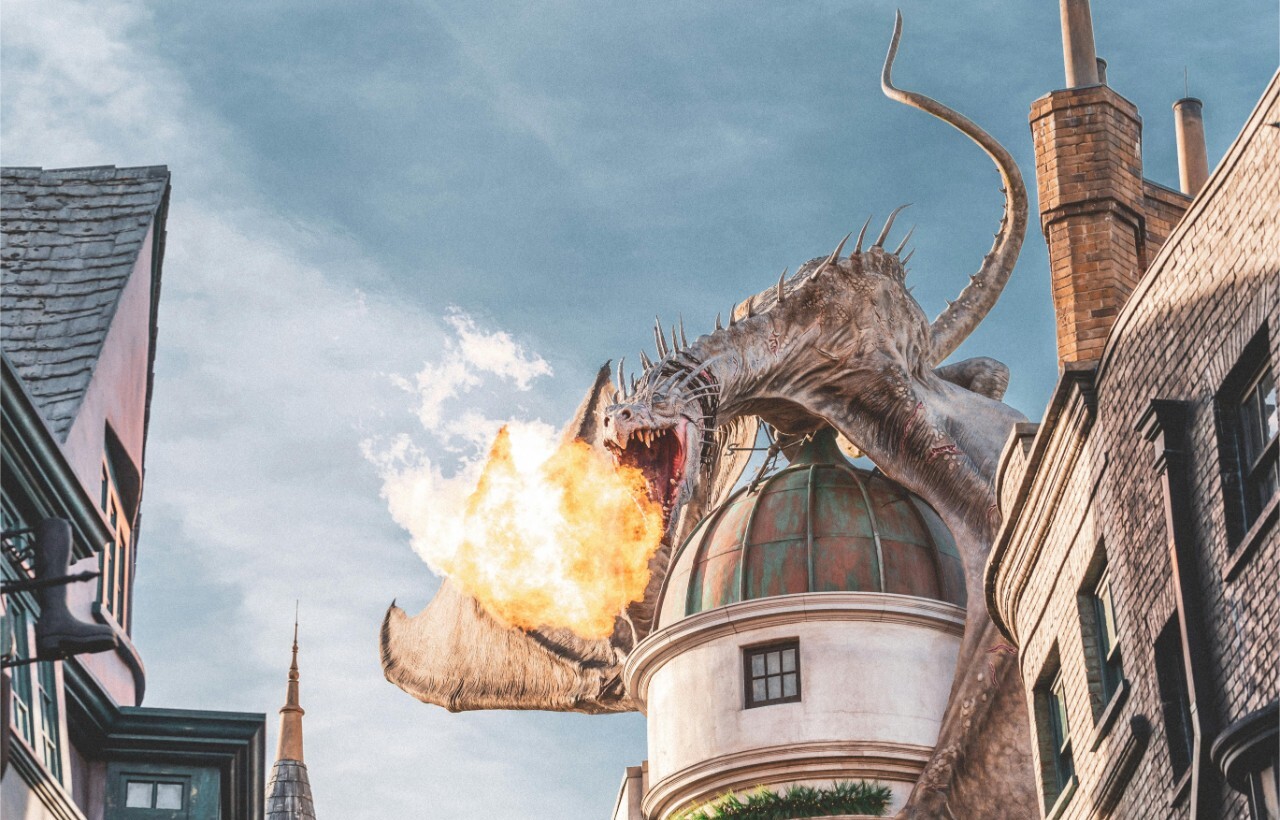
Orlando promises magic, but many families leave feeling exhausted and broke. Theme parks now require intricate planning, pricey reservations, and smartphone apps just to manage a day. The spontaneity of a Disney trip is gone, replaced by strict schedules and long waits. Traffic around the parks is relentless, and summer heat adds another layer of stress. With ticket prices soaring and hotel rates climbing, it’s no longer a budget-friendly vacation. Some families are swapping Orlando for beach towns like St. Augustine, where fun doesn’t come with a hefty price tag or constant scheduling.
10. Los Angeles, California
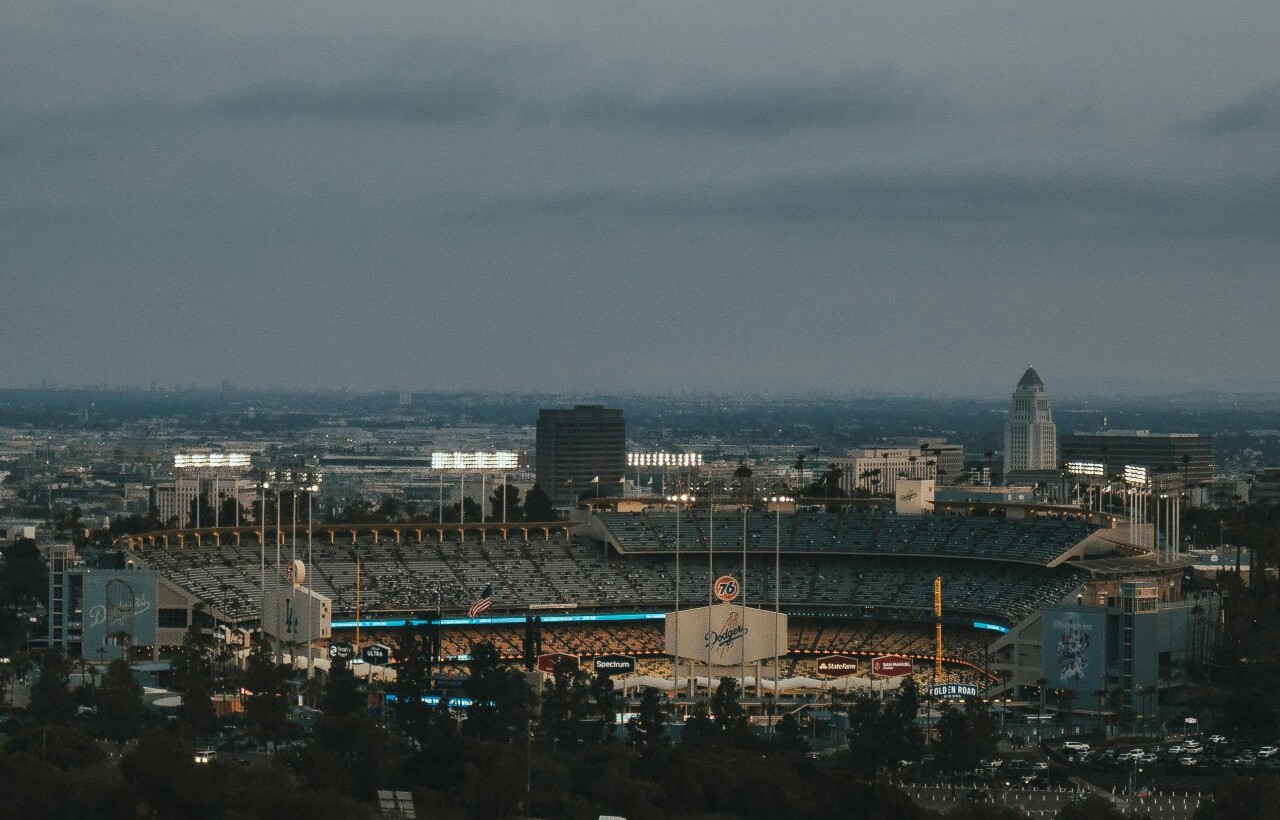
The dream of LA is alive on screen, but the reality can be jarring. Tourists often spend more time in traffic than exploring sights, and smoggy skies blur the views. Hollywood Boulevard feels more rundown than glamorous, and beaches like Venice are overcrowded and cluttered. Safety and homelessness are growing concerns in tourist zones. Even famous spots like Griffith Observatory require patience and planning. For many, the hustle outweighs the reward. Those looking for the California vibe are now gravitating toward Santa Barbara or San Luis Obispo for a more enjoyable experience.
11. Seattle, Washington
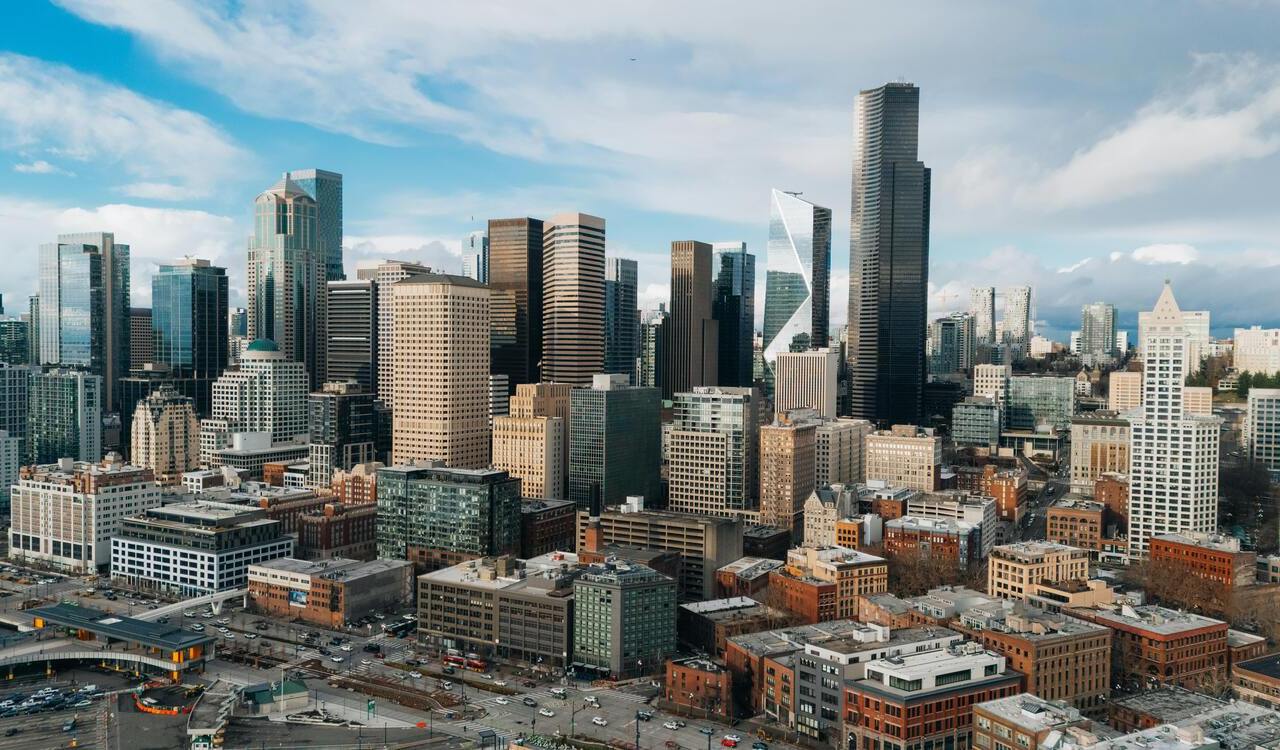
Seattle’s coffee shops and waterfront views once felt refreshingly cool, but the city has hit some snags. Construction dominates many streets, and housing costs have bled into the tourism scene with soaring hotel prices. Downtown’s vibe is more tech-centric than cozy, and rising homelessness has shifted the feel of popular areas like Pike Place Market. The drizzle that once felt romantic now adds to a sense of gloom. Visitors looking for the Pacific Northwest charm are starting to lean toward cities like Bellingham or even Victoria, B.C., for a more relaxed experience.
12. Austin, Texas
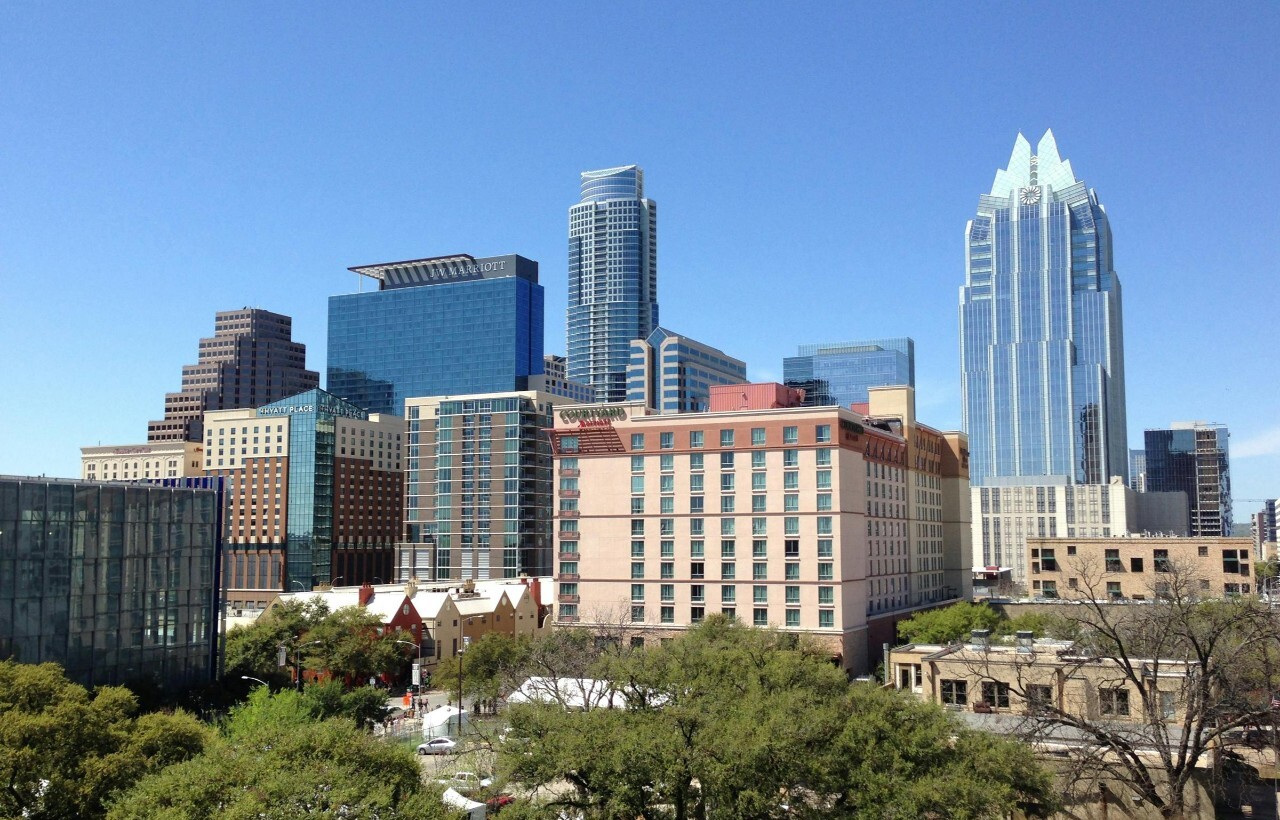
Austin was once the laid-back, weird heart of Texas—but it’s grown fast, and not always in the best way. Hotel prices have skyrocketed, traffic is thick, and downtown is packed with partygoers on any given weekend. While the live music scene still exists, it’s now crowded out by rooftop bars and chain eateries. South Congress used to feel quirky—now it feels corporate. The city still has great tacos and riverside trails, but the offbeat charm has dulled. Many are now eyeing smaller cities like Waco or Fredericksburg for a more authentic Texas escape.
13. Boston, Massachusetts
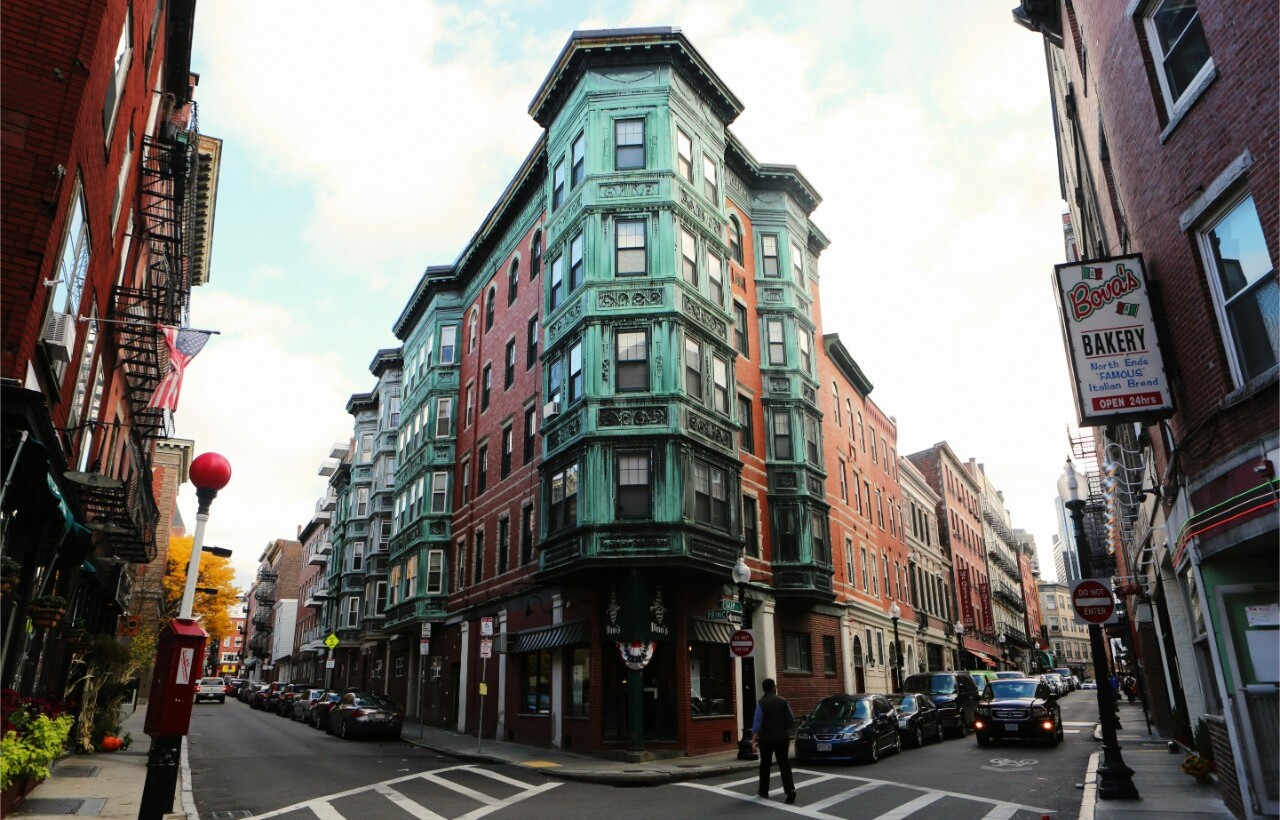
Boston’s history is rich, but the tourist experience can feel anything but relaxed. Cobblestone streets are charming until you’re dragging a suitcase over them, and hotel rooms come with a premium price. Fenway and Faneuil Hall remain favorites, but they’re rarely without crowds. The T, Boston’s subway, is unreliable, especially on weekends. Dining is solid but expensive, and service varies wildly. Many travelers say it’s just too much effort for too little comfort. For a more approachable New England trip, cities like Providence or Portland are starting to take center stage.
14. Denver, Colorado
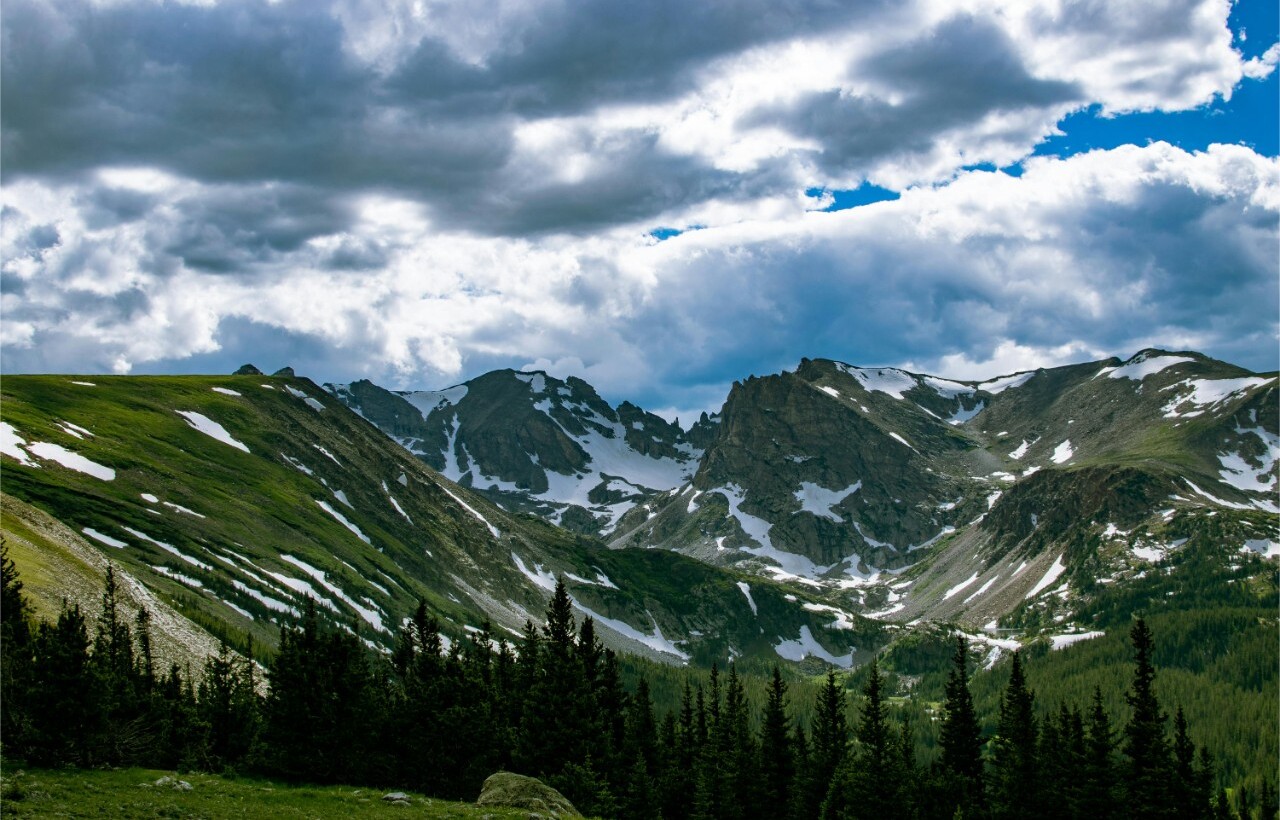
Denver has become a hub for outdoor lovers, but its rapid growth has strained infrastructure and dulled the relaxed vibe. What was once an easy launch point for mountain adventures is now bogged down by traffic, pricey lodging, and longer drive times to nearby trails. The cannabis tourism boom added crowds, but not necessarily charm. LoDo and RiNo neighborhoods feel trendier than welcoming, and the local feel is harder to find. For those looking to breathe easier—literally and figuratively—towns like Boulder or Fort Collins are becoming more attractive alternatives.
15. Portland, Oregon
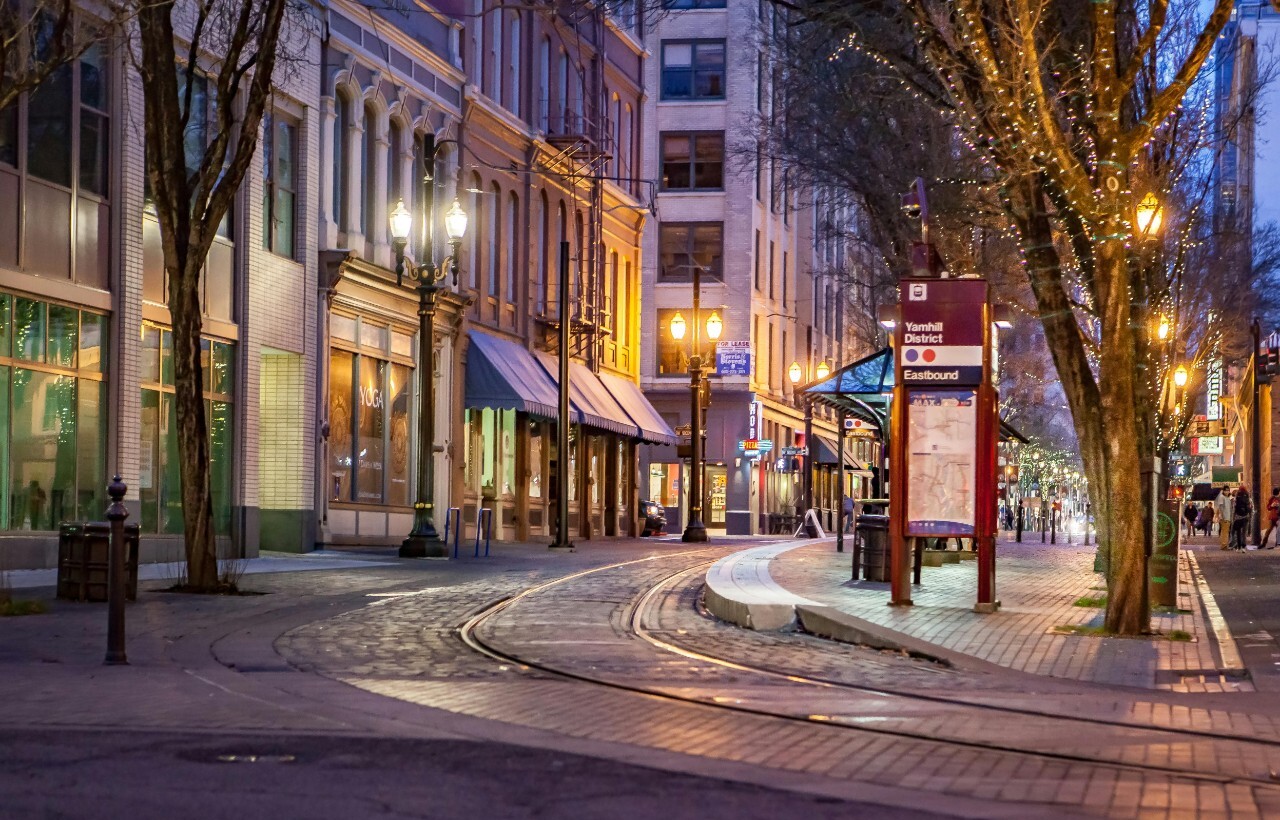
Once praised for its quirky character and progressive energy, Portland now feels caught in transition. Downtown storefronts remain shuttered, and tensions over safety have become common in traveler reviews. While the food trucks and breweries are still top-notch, the city feels less inviting overall. Cleanliness has taken a hit, and homelessness is a visible issue. For many, the creative spirit that defined Portland is harder to find. Visitors looking for a Northwest escape are turning to smaller places like Hood River or Ashland for a more peaceful and enjoyable experience.